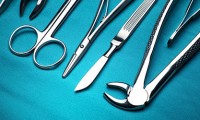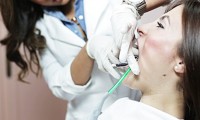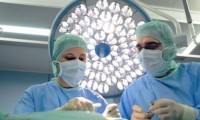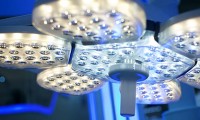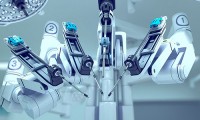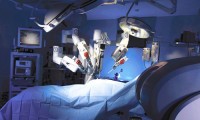-
Basic Surgical Instruments – Understanding Different Forceps
- Source: Ddu
- 1,094
- August 30, 2018
-
Basic Surgical Instrument – Dressing Forceps
- Source: Ddu
- 1,204
- August 30, 2018
-
Basic Surgical Instrument – Extraction Forceps
- Source: Ddu
- 792
- August 30, 2018
-
What to know about Surgical Lamps
- Source: Ddu
- 1,153
- August 24, 2018
-
Surgical Lamps and Surgical Pendants
- Source: Ddu
- 835
- August 22, 2018
-
How to Select Basic Surgical Instruments | Drugdu.com
- Source: Ddu
- 1,225
- August 7, 2018
-
NuVasive gets FDA Approval for Pulse Spinal Surgical Automation Platform
- Source: MassDevice
- 192
- July 31, 2018
-
What’s Driving the Global Surgical Robotics Market
- Source: marketresearch.com
- 1,221
- February 26, 2018
-
Sensor-enhanced surgical robot enables highly precise and safe spinal operations
- Source: medicalxpress
- 379
- December 22, 2017
your submission has already been received.
OK
Subscribe
Please enter a valid Email address!
Submit
The most relevant industry news & insight will be sent to you every two weeks.

